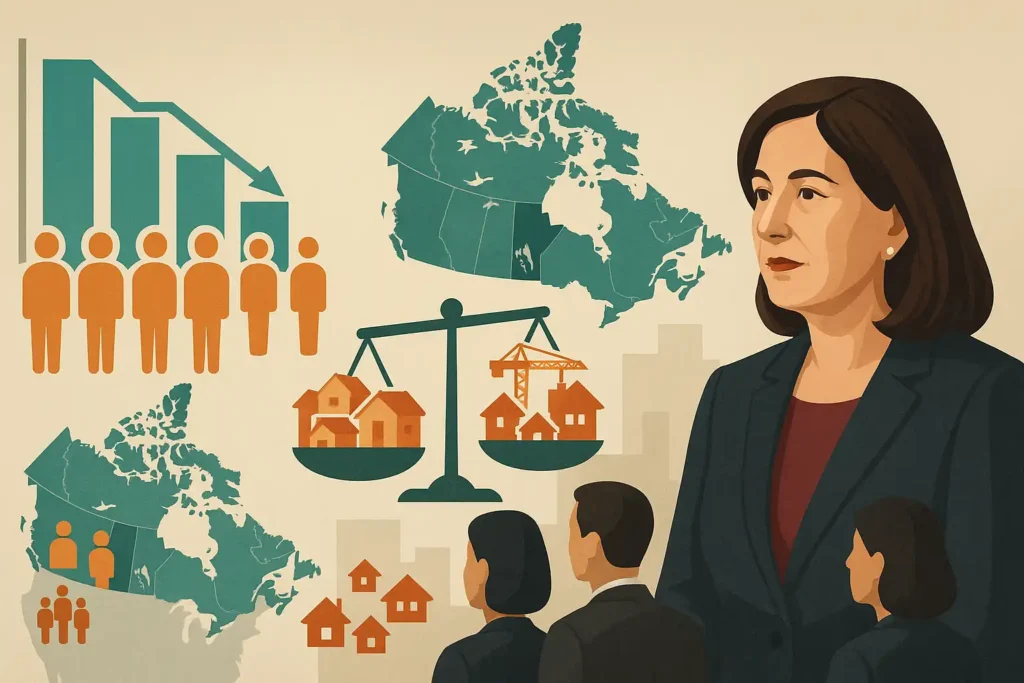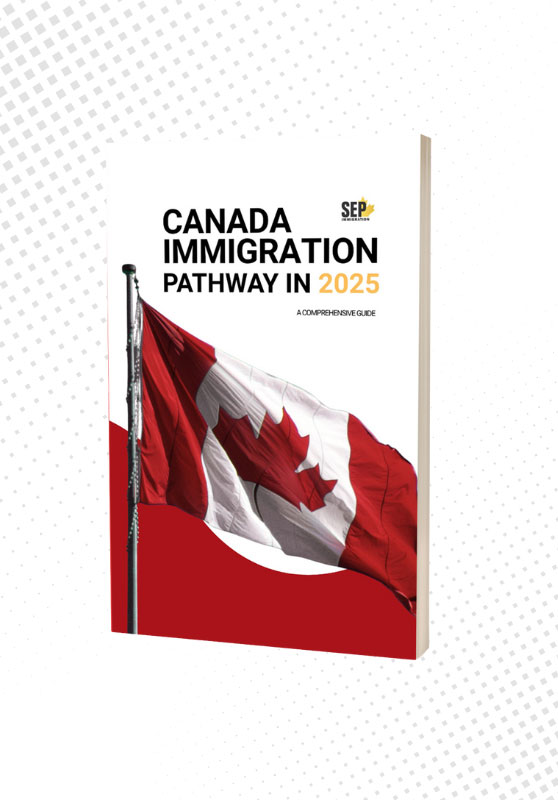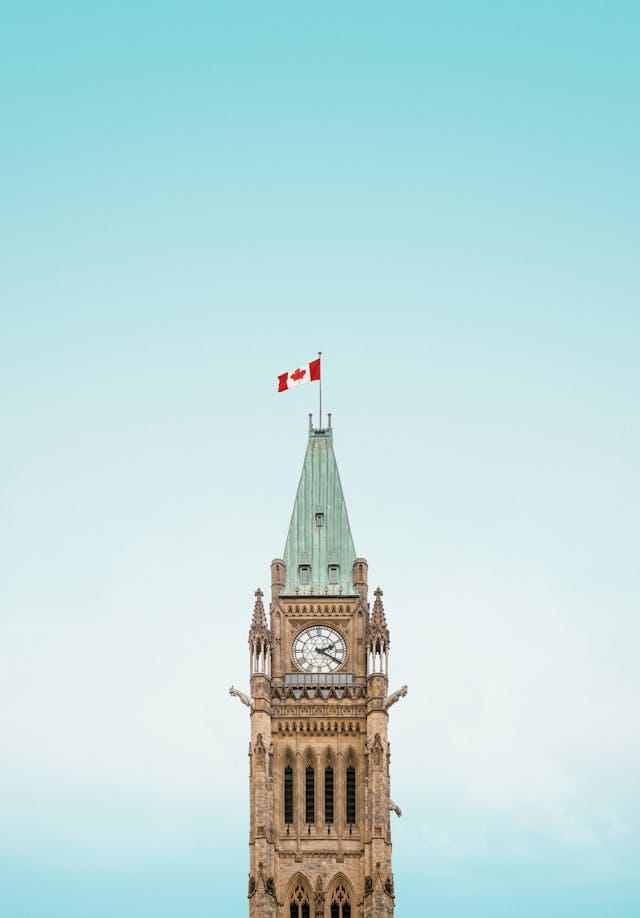Lena Metlege Diab and Canada’s Immigration Policy under Prime Minister Mark Carney
Lena Metlege Diab, born on August 17, 1965, in Halifax, Nova Scotia, is Canada’s Minister of Immigration, Refugees and Citizenship. She represents the riding of Halifax West and was first elected to Parliament in 2021. Her re-election in April 2025 reaffirmed her seat as part of Prime Minister Mark Carney’s cabinet.
Diab grew up in Halifax, the daughter of Lebanese immigrants. During her early years, she lived in Lebanon before returning to Nova Scotia at age 11, when the Lebanese Civil War intensified. She later earned degrees in commerce and law from Saint Mary’s University and Dalhousie University.
Her professional path began long before federal politics. Between 2013 and 2021, Diab served in Nova Scotia’s provincial government, holding several key portfolios such as Minister of Immigration, Minister of Justice, and Attorney General. This experience built her reputation for balancing immigration priorities with economic and community needs.
In May 2025, following the national election, Prime Minister Carney appointed her to lead the federal immigration department. Like other cabinet ministers, her tenure continues at the discretion of the prime minister and lasts as long as the current government remains in office.
How She Was Appointed and How Long She Serves
After forming his cabinet in May 2025, Prime Minister Carney selected Diab for the immigration portfolio. His decision reflected both her provincial background and her familiarity with immigration systems at multiple levels of government.
In Canada’s parliamentary structure, ministers serve “at the pleasure” of the prime minister, meaning there is no fixed term. Their service can continue throughout the life of a government, unless there is a reshuffle, resignation, or a new election.
Immigration Policy under Prime Minister Mark Carney
The immigration direction under Prime Minister Carney has taken a more measured path. The government has signaled that population growth through immigration must correspond to available housing, infrastructure, and labour conditions.
Policy Priorities and Planning
In his 2025 mandate letter, Carney underlined immigration as one of his government’s central tasks. Instead of expanding intake targets, his administration revised them downward:
- 395,000 new permanent residents in 2025
- 380,000 in 2026
- 365,000 in 2027
Temporary resident figures—covering international students and temporary workers—were also recalibrated. The new plan sets caps at 673,650 in 2025, 516,600 in 2026, and 543,600 in 2027.
Adjusting Temporary Streams
Carney’s government has paid special attention to the rapid rise of temporary residents. Officials have noted that international student numbers, in particular, have strained housing markets and public services. Regional caps and stricter institutional oversight are being developed. Schools recruiting abroad will be expected to demonstrate capacity for student support and housing.
Changes are also being drafted for the Temporary Foreign Worker Program. Employers may face more stringent compliance rules and audits, along with new obligations related to worker housing and safety.
Regional and Data-Based Decisions
Instead of fixed national quotas, immigration levels are expected to be reviewed regularly based on housing supply, employment needs, and local capacity. This will allow provinces and territories to adapt more readily. Quebec’s separate immigration jurisdiction remains a major part of this coordination.
Economic Pathways and Express Entry
Economic immigration programs are being revised to align more closely with labour market data. Updates to Express Entry are planned, adjusting how points are awarded for work experience, education, and language ability.
Border and Refugee Measures
In mid-2025, the government tabled the Strong Borders Act (Bill C-2). The proposal aims to narrow eligibility for refugee claims and set new time limits for applying after entry. It would also grant the immigration minister authority to cancel immigration documents in defined circumstances. Critics have raised concerns about the potential effect on asylum access and procedural fairness.
Application Systems and Legal Aid
The department has pledged to modernize digital application systems and shorten processing delays. Additional funding for legal assistance to asylum seekers is part of the broader immigration plan.
Balancing Growth
Carney has repeatedly stated that immigration should not exceed what the country’s infrastructure and services can absorb. His adjustments represent a shift from the previous government’s targets, which had approached 500,000 permanent residents per year.
Public Reaction and Ongoing Debate
The government’s recalibration has divided opinion. Supporters argue that slower growth gives communities breathing room to expand housing and public programs. Critics counter that reducing immigration too sharply could deepen labour shortages, especially in health care, construction, and agriculture.
Policy discussions continue between Ottawa and the provinces, where regional differences often shape public opinion. Diab, with her background in both provincial and federal immigration work, plays a key role in these negotiations.
If you are not a Canadian Permanent Resident yet and you are not sure what the best way for you to immigrate to Canada is, please fill out our assessment form HERE and we will get back to you with your possible options.





